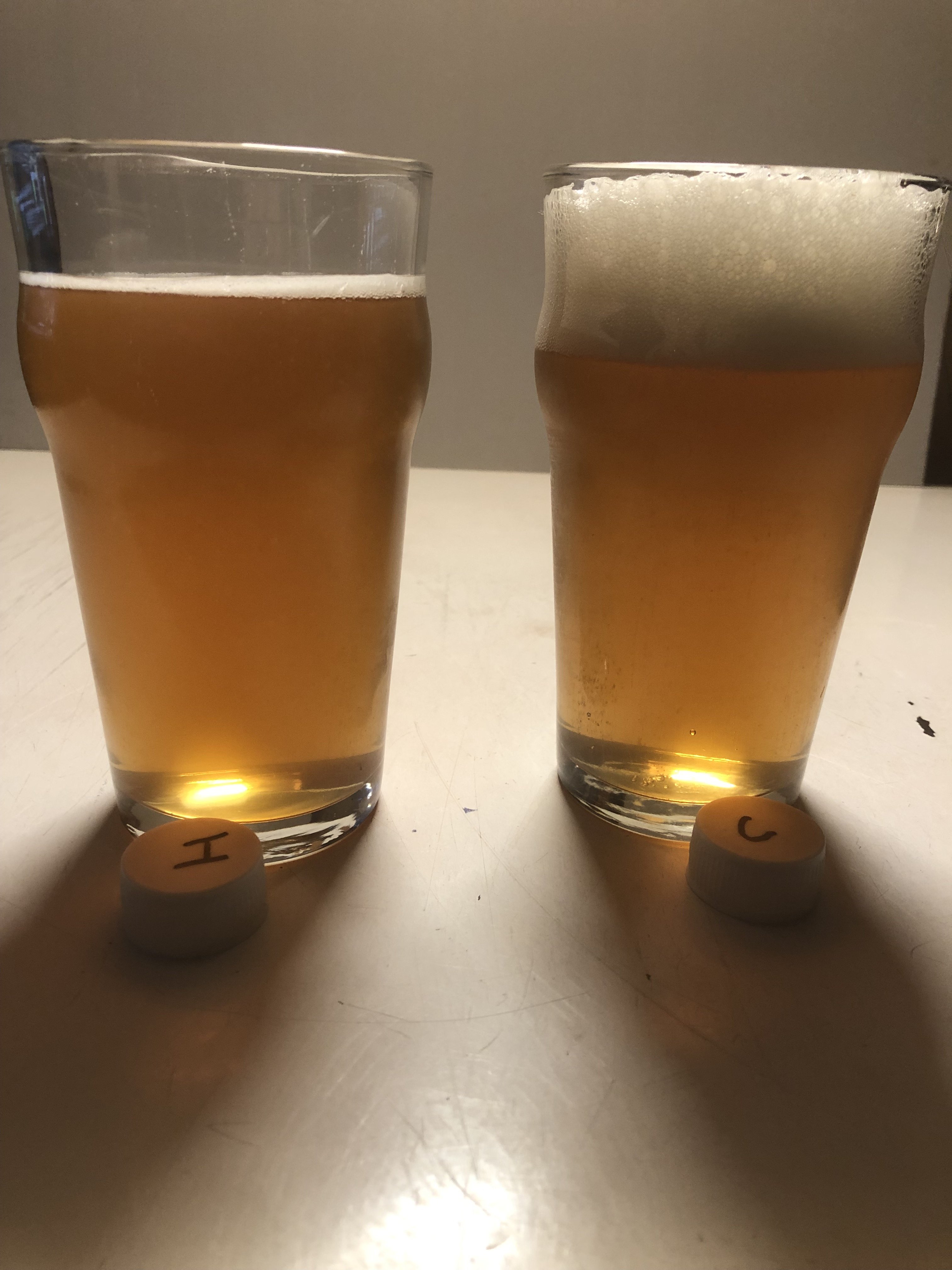I just finished rereading the whole thread again, for inspiration. My last English-ish beer was a clown beer; the typical American problem of too much of everything

Too much alcohol, too much crystal malt, too much dark invert. It was hard to drink unless I either drank it ice cold or mixed it with a light lager to dilute it (then it was actually pretty good, but probably still wrong)
Anyway. How would the original recipe be with S-33 yeast? (I know Pub yeast is the essential ingredient, so it won't be the same beer) I just found a stash of yeast packets and there were 5 or 6 packets of S-33 in there. Since they are a couple of years old, I'll use Go-Ferm to rehydrate. I think S-33 is the old Edme strain, and even tho' they call it "Belgian" it's actually a close cousin of Windsor ale yeast. And I'll try to get the right crystal malt instead of substituting the right color American crystal.

















![Craft A Brew - Safale S-04 Dry Yeast - Fermentis - English Ale Dry Yeast - For English and American Ales and Hard Apple Ciders - Ingredients for Home Brewing - Beer Making Supplies - [1 Pack]](https://m.media-amazon.com/images/I/41fVGNh6JfL._SL500_.jpg)













































